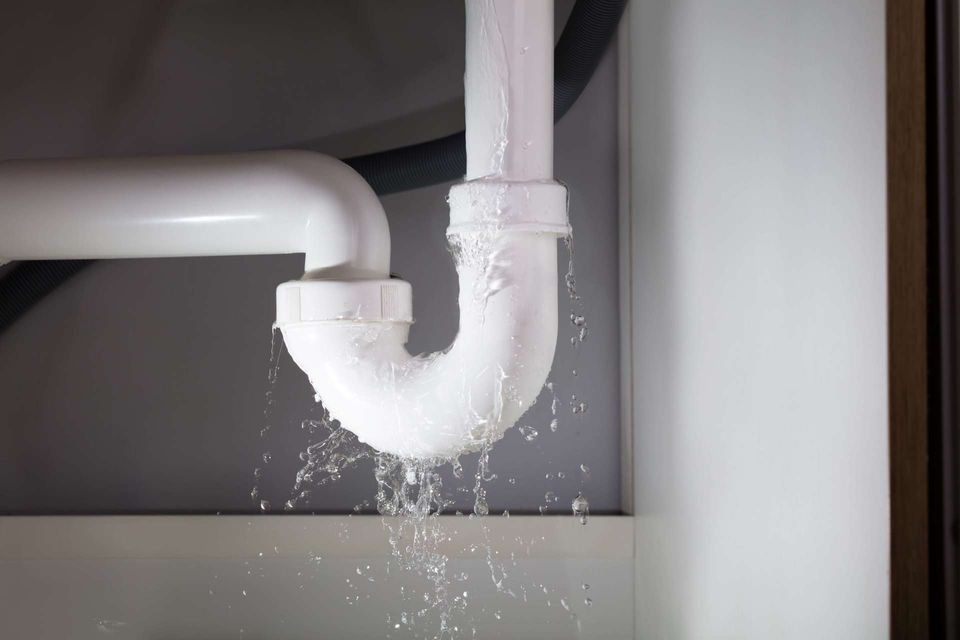Overview To Water Leakage Detection At Home
Overview To Water Leakage Detection At Home
Blog Article
Just how do you feel on the subject of Leaking water lines?

Early discovery of leaking water lines can alleviate a potential catastrophe. Aside from conserving you cash, it will minimize the aggravation and disappointment. The minute you find a leak, calling your plumber for fixings is the best option. Nonetheless, some tiny water leaks might not show up. Right here are some hacks that assist if you can not identify it with your naked eyes.
1. Examine the Water Meter
Examining it is a guaranteed means that assists you find leaks. If it relocates, that shows a fast-moving leak. This implies you might have a slow leakage that can also be underground.
2. Check Water Intake
Examine your water expenses and track your water intake. As the one paying it, you must discover if there are any inconsistencies. If you spot sudden changes, regardless of your consumption being the same, it indicates that you have leaks in your plumbing system. Remember, your water bill should fall under the same array monthly. A sudden spike in your bill shows a fast-moving leak.
A constant boost every month, also with the same routines, reveals you have a sluggish leakage that's also slowly rising. Call a plumber to thoroughly inspect your residential property, especially if you feel a warm location on your floor with piping below.
3. Do a Food Coloring Test
30% comes from toilets when it comes to water intake. Examination to see if they are running appropriately. Decrease flecks of food shade in the tank and wait 10 minutes. There's a leakage between the tank as well as bowl if the shade in some way infiltrates your dish throughout that time without flushing.
4. Asses Exterior Lines
Don't neglect to examine your outside water lines too. Needs to water permeate out of the connection, you have a loose rubber gasket. One tiny leakage can squander lots of water and increase your water costs.
5. Check and Assess the Circumstance
Property owners should make it a behavior to inspect under the sink counters and also inside cabinets for any kind of bad odor or mold development. These 2 red flags show a leakage so prompt focus is needed. Doing regular assessments, even bi-annually, can conserve you from a major trouble.
If you know your house is already old, maintain a watchful eye on your heating systems, hoses, pipelines and so on. Check for stainings and compromising as a lot of pipelines and devices have a life expectancy. They will certainly also naturally wear away due to deterioration. If you believe leaking water lines in your plumbing system, don't await it to escalate. Call a professional plumber today so you don't end up with a horrible mess in your house.
Early discovery of leaking water lines can alleviate a prospective catastrophe. Some small water leakages might not be noticeable. Examining it is a surefire way that helps you discover leaks. One tiny leakage can waste loads of water and also spike your water bill.
If you think leaking water lines in your plumbing system, don't wait for it to escalate.
WARNING SIGNS OF WATER LEAKAGE BEHIND THE WALL
PERSISTENT MUSTY ODORS
As water slowly drips from a leaky pipe inside the wall, flooring and sheetrock stay damp and develop an odor similar to wet cardboard. It generates a musty smell that can help you find hidden leaks.
MOLD IN UNUSUAL AREAS
Mold usually grows in wet areas like kitchens, baths and laundry rooms. If you spot the stuff on walls or baseboards in other rooms of the house, it’s a good indicator of undetected water leaks.
STAINS THAT GROW
When mold thrives around a leaky pipe, it sometimes takes hold on the inside surface of the affected wall. A growing stain on otherwise clean sheetrock is often your sign of a hidden plumbing problem.
PEELING OR BUBBLING WALLPAPER / PAINT
This clue is easy to miss in rooms that don’t get much use. When you see wallpaper separating along seams or paint bubbling or flaking off the wall, blame sheetrock that stays wet because of an undetected leak.
BUCKLED CEILINGS AND STAINED FLOORS
If ceilings or floors in bathrooms, kitchens or laundry areas develop structural problems, don’t rule out constant damp inside the walls. Wet sheetrock can affect adjacent framing, flooring and ceilings.
https://www.servicemasterbyzaba.com/blog/how-to-detect-water-leakage-in-walls/

Do you appreciate reading up on Hacks to detect leaks? Try leaving feedback below. We would be interested to hear your ideas about this page. We are looking forward that you come back again later on. For those who appreciated our blog entry if you please remember to pass it around. Thanks for taking the time to read it.
Report this page